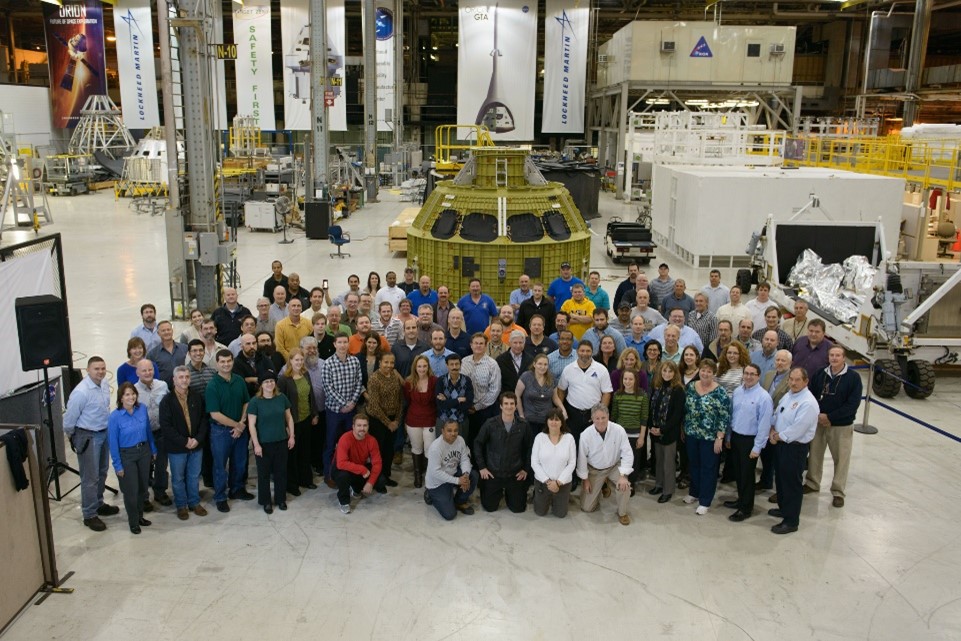The clarion call to inspire and build the space workforce of the present and future was given by Vice President Kamala Harris at the inaugural meeting of the National Space Council. At the Employment and Training Administration of the Department of Labor, we took this call to heart, endeavouring to better comprehend the workforce development requirements and possibilities that the space sector presents, especially with regard to engaging underrepresented and vulnerable groups.
Our exploration and inquiries unveiled an immediate and growing need for skilled technical workers tasked with constructing, examining, and maintaining critical equipment. This endeavour broadened our understanding of the space workforce, reinforcing the notion that, apart from astronauts and engineers, the sector relies heavily on a diverse pool of highly skilled technicians. It also underscored the opportunity for collaboration between the workforce system and the space sector to offer training opportunities and delineate the essential high-quality career pathways for a competitive commercial space sector and robust national security.
In an attempt to understand how the department could better facilitate workforce development opportunities in the space sector, we delved into the industry’s existing occupations and requisite skills, consulted Bureau of Labor Statistics’ data to comprehend staffing trends, and engaged with space sector stakeholders. Through this process, we identified several skilled technical jobs that typically do not require a college degree, aiming to focus on this demographic through this initiative.
In a collaborative effort with the National Space Council and the White House Office of Science Technology Policy on Aug. 18, we gathered over 40 companies, industry associations, and training providers from the space sector to corroborate our understanding and address the need to expand and diversify the space workforce.
The assembly shed light on several opportunities and key differences between the aerospace and space industries that influence workforce needs. In the coming year, we will delve into these aspects further. For instance, the sector could greatly benefit from support in organizing and guiding local workforce system partners and a more deliberate utilization of the apprenticeship system, both areas that our department is well-equipped to assist with.
As we continue to enhance our understanding of the space sector, we are eager to uphold the commitment we announced at the second meeting of the National Space Council. We anticipate launching new initiatives, including a Registered Apprenticeship Accelerator focused on the space sector’s skilled technical workforce, particularly in vital manufacturing occupations, by the end of 2023. We look forward to forging continued partnerships with the space sector and other federal agencies as we strive to meet the challenge of inspiring, preparing, and employing America’s workers in this thrilling sector.

